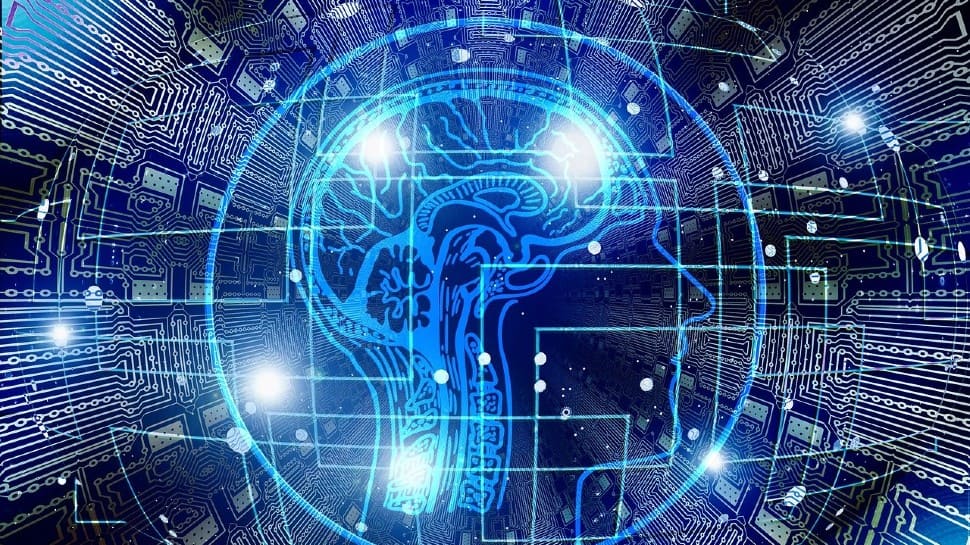New Delhi: Deep neural networks – a know-how which has been within the works for over a decade and gives essential insights into how human beings understand issues – advanced a bit additional as researchers discovered some fascinating new info.
A staff of researchers on the Centre for Neuroscience (CNS) on the Indian Institute of Science (IISc) just lately carried out a examine to check the visible notion of the deep neural networks to that of people.
They discovered that the deep networks are able to seeing the very objects people see, they simply see it ‘otherwise’.
What are deep neural networks?
Deep neural networks are machine studying techniques impressed by the community of mind cells or neurons within the human mind, which might be educated to carry out particular duties.
These networks have performed a pivotal function in serving to scientists perceive how our brains understand the issues that we see.
Though deep networks have advanced considerably over the previous decade, they’re nonetheless nowhere near performing in addition to the human mind in perceiving visible cues.
How do deep networks act otherwise from people?
A staff led by SP Arun, Affiliate Professor at CNS, studied 13 completely different perceptual results and uncovered beforehand unknown qualitative variations between deep networks and the human mind.
“A number of research have been exhibiting similarities between deep networks and brains, however nobody has actually checked out systematic variations,” mentioned Arun, who’s the senior creator of the examine.
“Figuring out these variations can push us nearer to creating these networks extra brain-like,” he added.
Key findings of the examine:
1. Deep networks exhibited the Thatcher impact which people do too. The Thatcher impact is a phenomenon the place people discover it simpler to acknowledge native characteristic modifications in an upright picture, however this turns into troublesome when the picture is flipped upside-down.
2. Mirror confusion: To people, mirror reflections alongside the vertical axis seem extra comparable than these alongside the horizontal axis. The researchers discovered that deep networks additionally present stronger mirror confusion for vertical in comparison with horizontally mirrored photographs.
3. One other phenomenon peculiar to the human mind is that it focuses on coarser particulars first. This is named the worldwide benefit impact. For instance, when introduced with a picture of a face, people first take a look at the face as a complete, after which deal with finer particulars just like the eyes, nostril, mouth, and so forth.
“Surprisingly, neural networks confirmed an area benefit,” mentioned Georgin Jacob, first creator and Ph.D. scholar at CNS. Which means not like the mind, the networks deal with the finer particulars of a picture first.
Due to this fact, although these neural networks and the human mind perform the identical object recognition duties, the steps adopted by the 2 are very completely different, concluded the examine.
